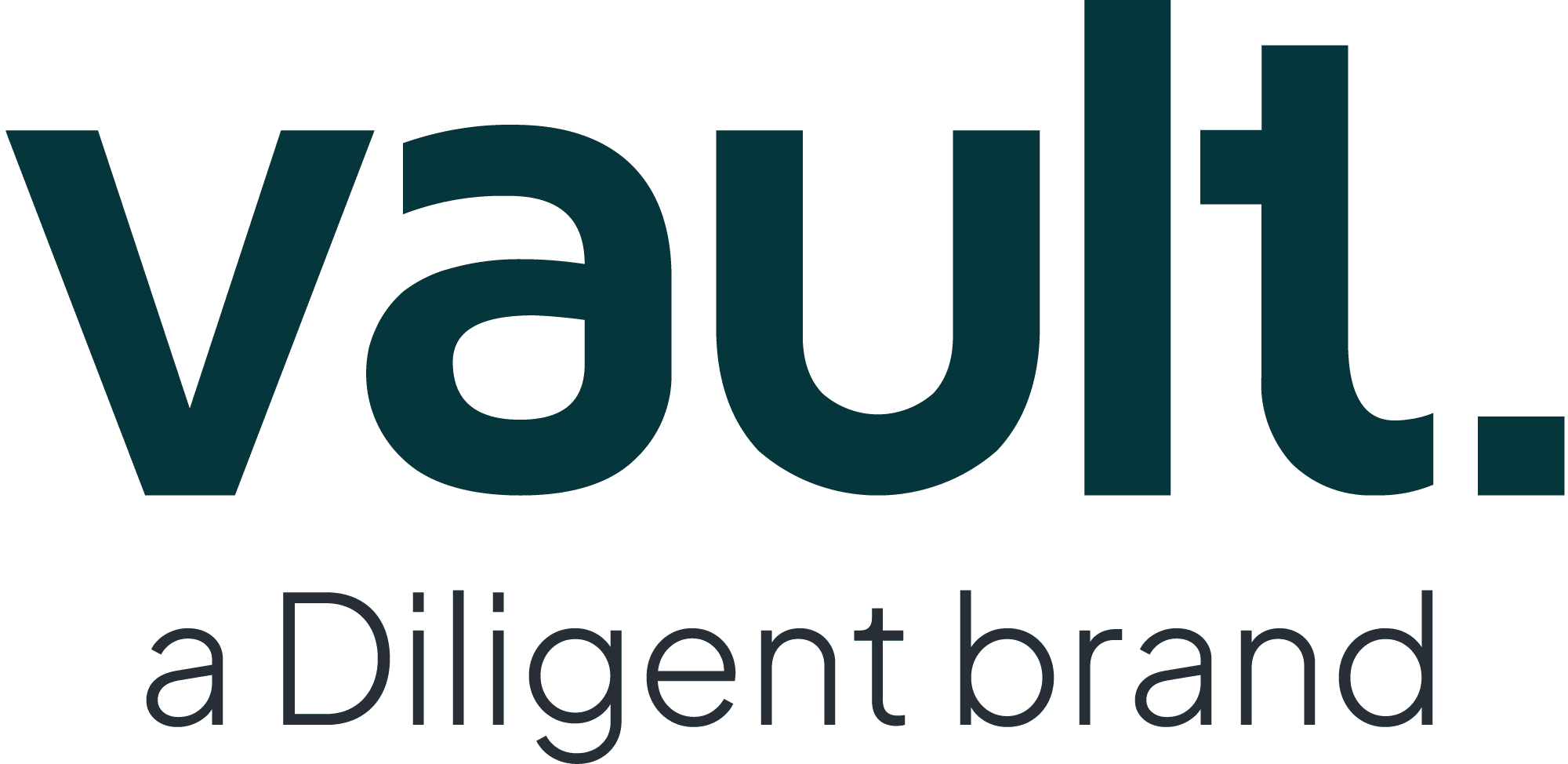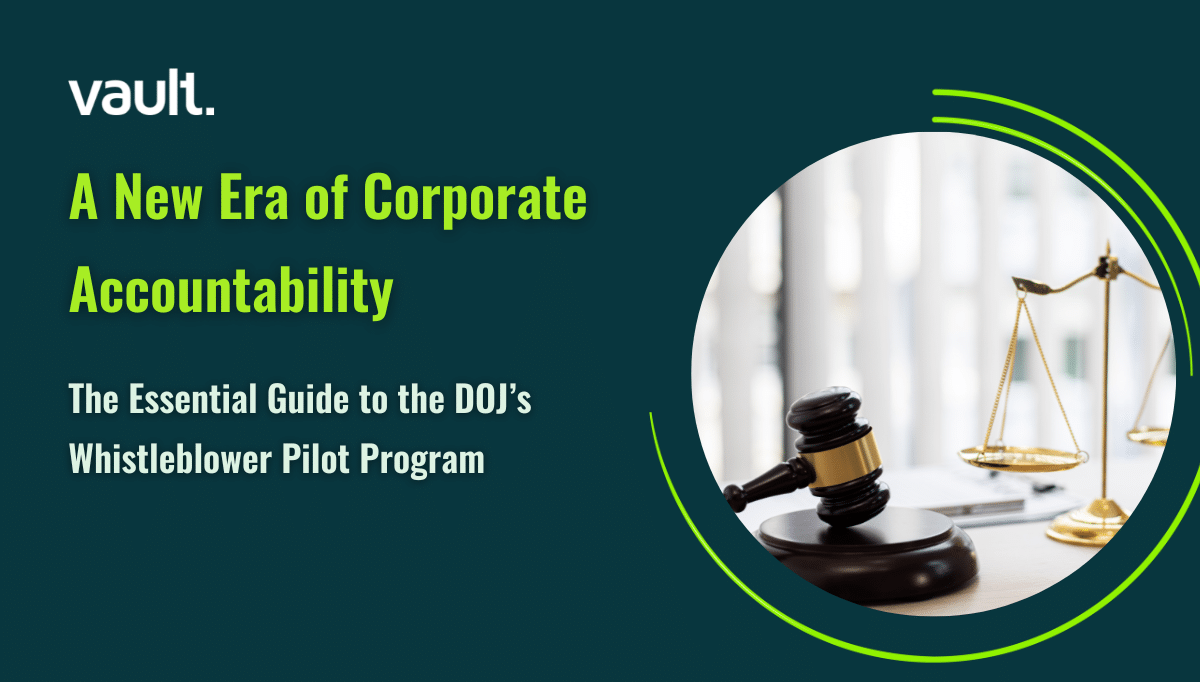
If you are responsible for creating a culture of trust, ethics, and compliance at your workplace, enabling your people to speak and your stakeholders to listen is a key part of any strategy. This short guide looks at the four key steps to creating a successful speak-up culture.
Set the intention
From the outset, the aim of the program must be to actively lower the barriers employees face to incident reporting when it comes to misconduct at work.
Go beyond ‘canned compliance’
The deployment of a ‘Speak Up program’ has largely been about checking a compliance box for years. When ‘Speak Up’ programs were first implemented, largely driven by regulations such as Sarbanes-Oxley in 2002, the most reasonable method of capturing incident reports from employees was a literal telephone hotline. Since then, technology has moved on in leaps and bounds but not much innovation has been seen as many ethics and compliance leaders had achieved what the regulation stipulated – simply to offer a mechanism employees could use to report their concerns about corruption.
Remove the intermediary
Trust can’t be outsourced and shouldn’t be outsourced. A company needs to own the trust aspect of its relationship with its people and it does that by removing as many obstructions as possible that sit between the employer and employee and may end up diluting the employee’s voice.
Drive for resolution
Investigations or cases need to be resolved not managed. We named our ‘case management’ system the Resolution Hub because that’s its purpose. Compliance and ethics professionals are worthy of advanced solutions to help them do their job and that means driving resolution for all cases, anonymous or otherwise.






